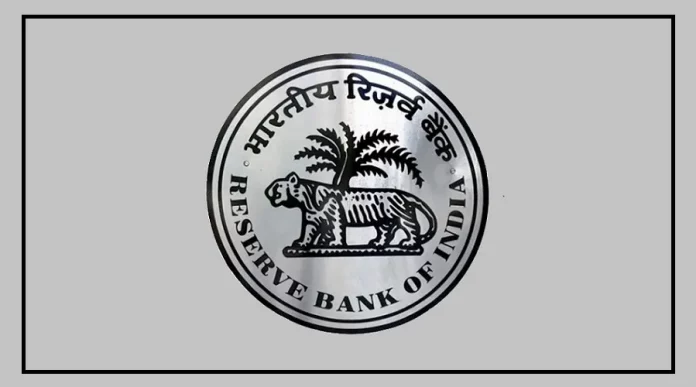The Reserve Bank of India (RBI) has introduced fresh measures to simplify loan repayments for borrowers.
In response to concerns over loan disbursement practices and increasing interest rates, the RBI has made changes to benefit borrowers.
Guidelines for Banks
Banks are now required to adopt a transparent policy framework.
When granting loans, banks must inform customers about the potential impact of changes in the policy interest rate (Repo Rate) on their Equated Monthly Installments (EMIs) and loan duration.
Any extension of the EMI or loan tenure should be promptly communicated to the customer through appropriate channels.
Moreover, banks should offer borrowers the choice to opt for a fixed interest rate when setting a new interest rate.
Customer-Centric Approach
RBI has emphasized that banks should specify the frequency at which borrowers can switch to a fixed interest rate during the loan term.
Borrowers should also have the flexibility to extend their EMI or loan duration or even make partial or full prepayments at any point during the loan tenure.
RBI Governor Shaktikanta Das has stated that a new framework is being developed,
allowing borrowers to transition from floating to fixed interest rates while receiving clear information about loan duration and monthly EMIs.
Relief from Penalty Interest
The RBI has also introduced guidelines pertaining to penalty charges imposed by banks. With the aim of promoting fairness, effective January 1, 2024, banks and NBFCs will no longer be permitted to levy penal interest on loans.
Instead, a reasonable penalty fee can be imposed if borrowers fail to adhere to the loan terms.
Fair Lending Practices
The concept of penal interest, wherein banks add extra interest charges on top of existing rates, will be abolished.
Banks must ensure that penalty charges are not treated as a separate entity from the loan or product, and they are not allowed to compound these charges with additional interest.
This move aligns with the RBI’s commitment to fostering equitable lending practices. These changes mark a significant step in empowering borrowers and promoting transparent lending practices.
By ensuring proper communication and eliminating excessive penalties, the RBI aims to create a more borrower-friendly lending landscape.
